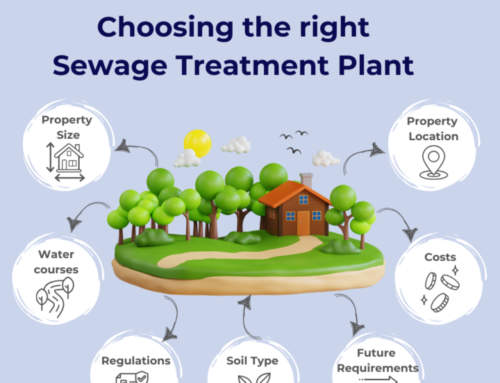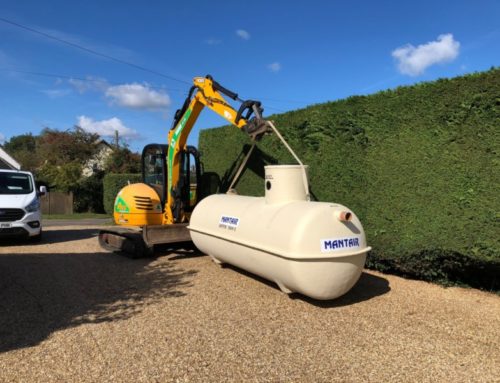How does a Sewage Treatment Plant Work
Let’s Talk Bacteria: The Secret Heroes of Sewage Treatment Plants
How does a Sewage Treatment Plant work? Most people are aware of the basic function of Sewage Treatment Plants – treating wastewater. However, the intricate processes involved are so tiny and hidden from view, that it’s easy to forget. This blog dives inside the world of a sewage treatment plant, where something small, but mighty is hard at work. Bacteria.
Meet the Bacteria
First things first, let’s get to know our star players – bacteria. These microscopic beings might not look like much, but they’re the superheroes of sewage treatment plants. They love munching on stuff we’d rather not think about, like organic matter present, including human waste, and contaminants. These microorganisms thrive in the controlled environment of treatment plants and perform essential functions that enable the purification of wastewater.
Let’s take a tour of how sewage treatment plants work, especially focusing on the bacteria that make it all happen.
The Sewage Treatment Process
Typically, in sewage treatment plants, there are three chambers where the action happens:
1) First stop, the initial chamber
Sewage makes its grand entrance into a sewage treatment plant through an inlet. It does this by either flowing in naturally by gravity. Or, it might need a little push and arrive under pressure by using a pump.
On entering the sewage treatment plant, the first stop for the sewage is the initial chamber. Here, the sewage takes a breather. This allows solids to settle down, whilst the grease and oil floats to the top to make a scum layer/crust. This process is called sedimentation. The grease, oil and solids are removed periodically.
2) Next up, the aerobic bacteria chamber
Sewage has a high biological oxygen demand (BOD). So, in the next chamber, the wastewater is met by the aerobic bacteria. Aerobic bacteria survive and grow in the presence of oxygen. Air is released into this chamber using a number of processes, i.e. air pump, rotating media, or where effluent is pumped over a media allowing it to trickle through. These processes give the helpful aerobic bacteria the oxygen they need to thrive. They can then break down the contaminants to clean the water.
This process is classed as the treatment zone. In the majority of cases, some kind of electrical source is required, i.e if a motor or air compressor is used.
3) Final chamber, the settlement tank
After the bacteria have had their fill, the remaining wastewater enters into the settlement tank. Here, any last particles sink to the bottom, and any lasting bacteria is retained. This leaves behind clean water (treated effluent), which is compliant with environmental regulations and is ready to be released. This treated effluent is released, which depending on permits and location, will be either into a drainage field, or a watercourse.
So, what is the benefit of a Sewage Treatment Plant?
Sewage Treatment Plants offer a solution in areas where main sewers can’t reach. Sewage treatment plants are reliable, cost-effective, and can be installed in most places. Unlike septic tanks, sewage treatment plants can send their treated effluent straight into local water sources. This is all thanks to the bacteria and their top-notch treatment process.
Challenges of the Sewage Treatment Process
Of course, being a bacteria in a sewage treatment plant isn’t always easy. Sometimes, the conditions just aren’t right. Factors such as changes in pH levels, and the influx of substances (such as bleach/detergents) can disrupt bacterial activity. This can compromise the efficiency of treatment processes.
This is where it is important to follow the do’s and don’ts of what you can flush into your sewage treatment plant. The best rule to follow is to stick to only flushing the 3p’s: Pee, Poo and Paper (toilet).
Do Sewage Treatment Plants need maintenance?
Absolutely! Regular maintenance keeps the sewage treatment plant running smoothly. This will ensure that the bacteria can keep up the good work, day in and day out.
Small, but mighty!
So, there you have it. The next time you flush the toilet or wash your dishes, remember the bacterial heroes working behind the scenes to keep our water clean. Bacteria might be small, but their impact is huge!
Contact Us
If you would like to find out more, or are considering installing a Sewage Treatment Plant, please contact us.



